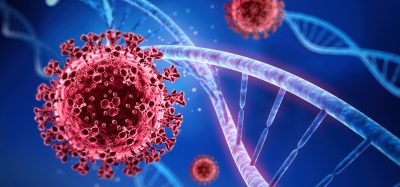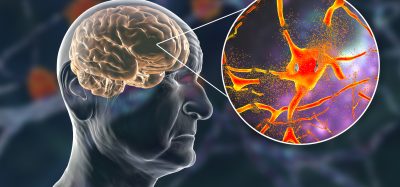Molecular biology behind memory development in early childhood
Posted: 19 May 2023 | Izzy Wood (Drug Target Review) | No comments yet
Researchers from Canada develop a greater understanding about the molecular mechanisms for memory development in early childhood.


Researchers at The Hospital for Sick Children (SickKids), Canada, have made significant progress in understanding how memories develop in early childhood. In one of the first preclinical studies focusing on memory development in youth, the research team has identified a molecular cause for memory changes in early childhood, shedding light on the transition from general to specific memories during this crucial period.
Memory development in young children differs from that of adults. While adults have event-based memories tied to specific contexts, young children have more general recollections that are not context-specific. Dr Paul Frankland and Sheena Josselyn, Senior Scientists in the Neurosciences and Mental Health programme at SickKids, led a study published in Science that elucidates the molecular mechanisms underlying the shift from gist-like to episodic memory in mice. This understanding could provide valuable insights into child development research and conditions affecting the brain, including autism spectrum disorder and concussions.
The research team utilised precise cellular interventions to examine the development of episodic memory at the molecular level for the first time. They found that in adults, memory traces, known as engrams, consist of 10 to 20 percent of neurons. However, in young children, engrams are twice as large, comprising 20 to 40 percent of neurons involved in supporting a memory.
The hippocampus, a brain region responsible for learning and memory, contains various types of neurons, including inhibitory cells called parvalbumin-expressing (PV) interneurons. These inhibitory cells play a crucial role in constraining the size of the engram, enabling memory specificity. The researchers discovered that as these interneurons mature, memory transitions from general to more specific, and engrams are formed at the appropriate size.
To delve deeper into the underlying cause of this memory shift, the researchers employed viral gene transfer technology developed by Dr Alexander Dityatev from the German Centre for Neurodegenerative Diseases. They found that as the perineuronal net, a dense extracellular matrix, develops around these interneurons in the hippocampus, the interneurons mature, altering the way the brain creates engrams and stores memories.
By accelerating the development of the perineuronal net, the researchers were able to induce the formation of specific episodic memories instead of general memories in juvenile mice. This breakthrough finding could have implications for understanding brain function, cognition, and memory-related disorders.
The researchers emphasise that the reasons for the age difference between gist-like and episodic memories should not be overlooked. Memory serves different purposes at various stages of development. Young children do not require specific memories; instead, gist-like memories help them build a broad knowledge base, which becomes more specific as they grow older and gain more experiences.
Building on these molecular discoveries, the research team created an enriched environment to accelerate the growth of the perineuronal net and enable the formation of specific memories. This finding is expected to contribute to ongoing child development research at SickKids and the University of Toronto.
Furthermore, the study revealed similar maturation-type mechanisms in different sensory systems of the brain, indicating that the same brain mechanism may be employed by various brain regions for different purposes. This discovery opens up exciting opportunities for future research and collaboration.
The study’s findings pave the way for a deeper understanding of memory development in early childhood, offering insights into the molecular mechanisms underlying memory formation and providing a foundation for further investigations into brain function and cognition.
Related topics
Molecular Biology, Neurons, Neurosciences
Related conditions
Memory
Related organisations
The Hospital for Sick Children (SickKids), The University of Toronto
Related people
Dr Alexander Dityatev, Dr Paul Frankland, Sheena Josselyn







